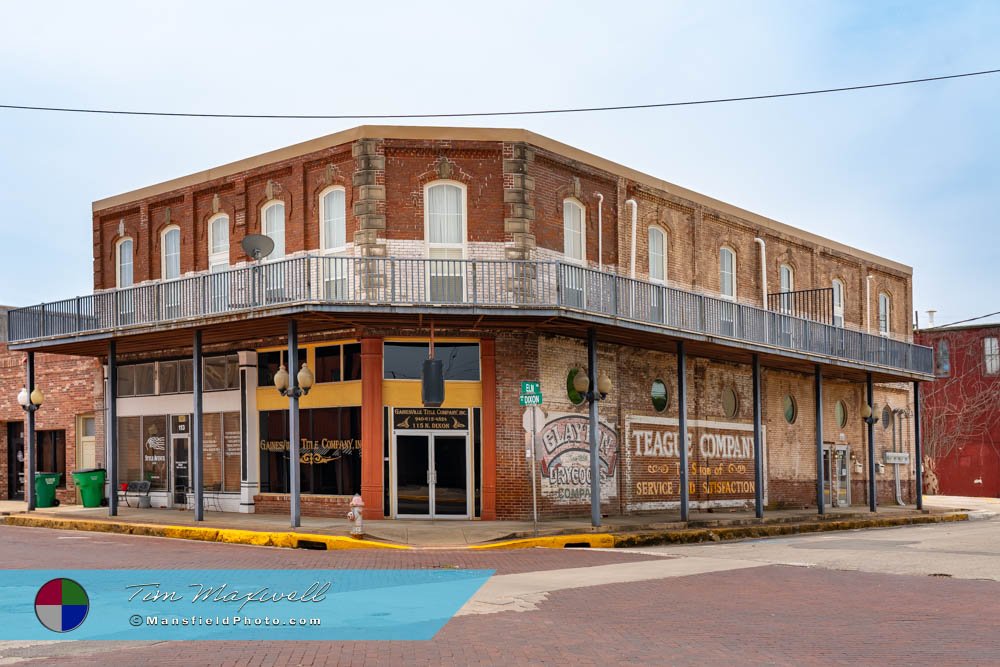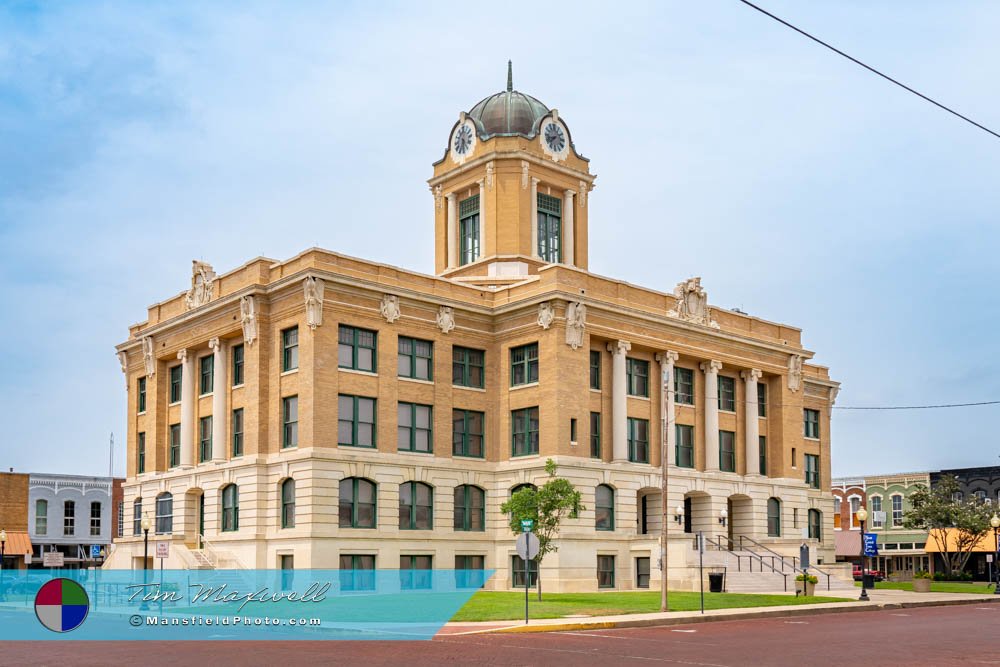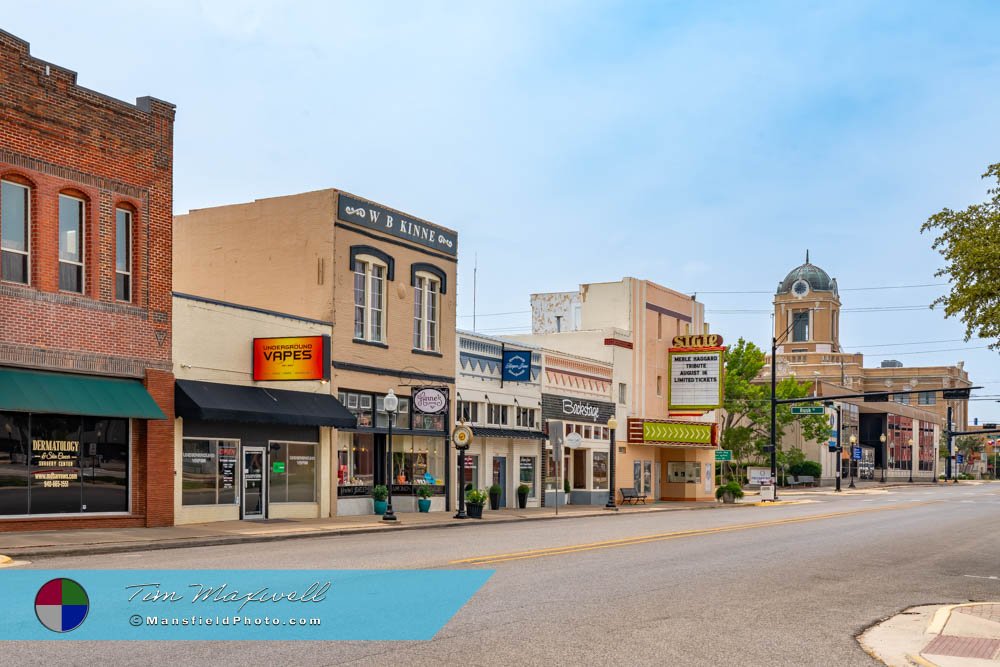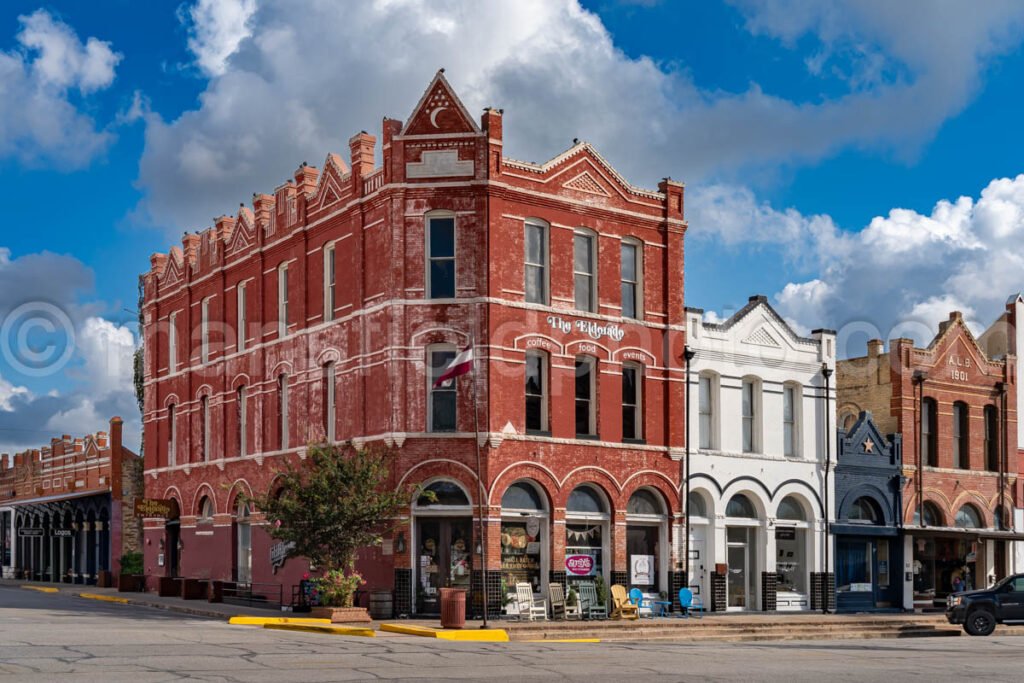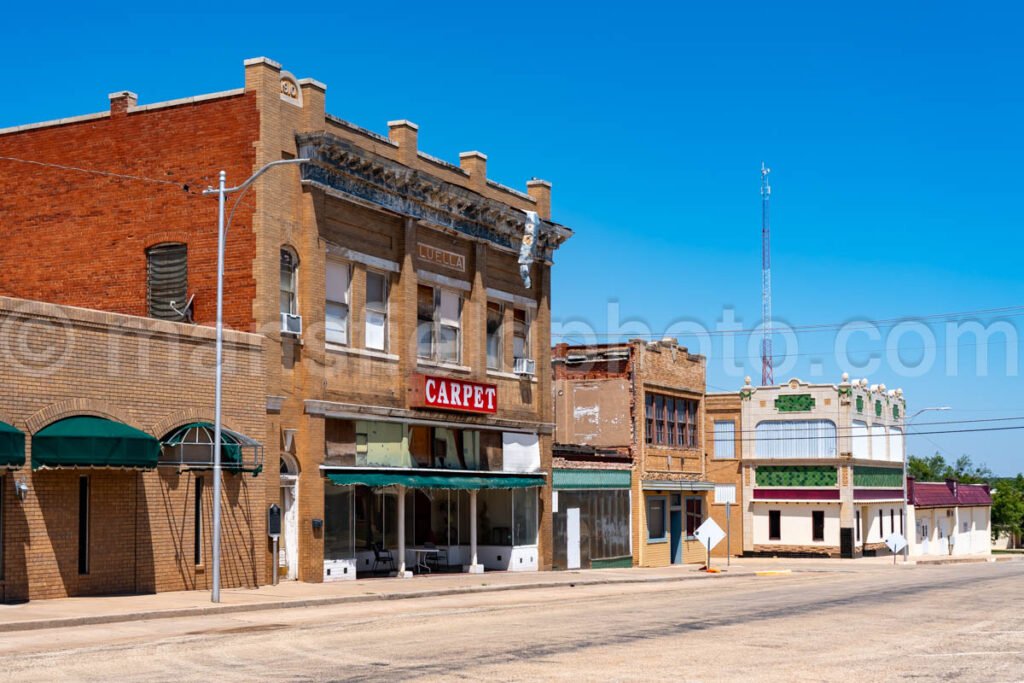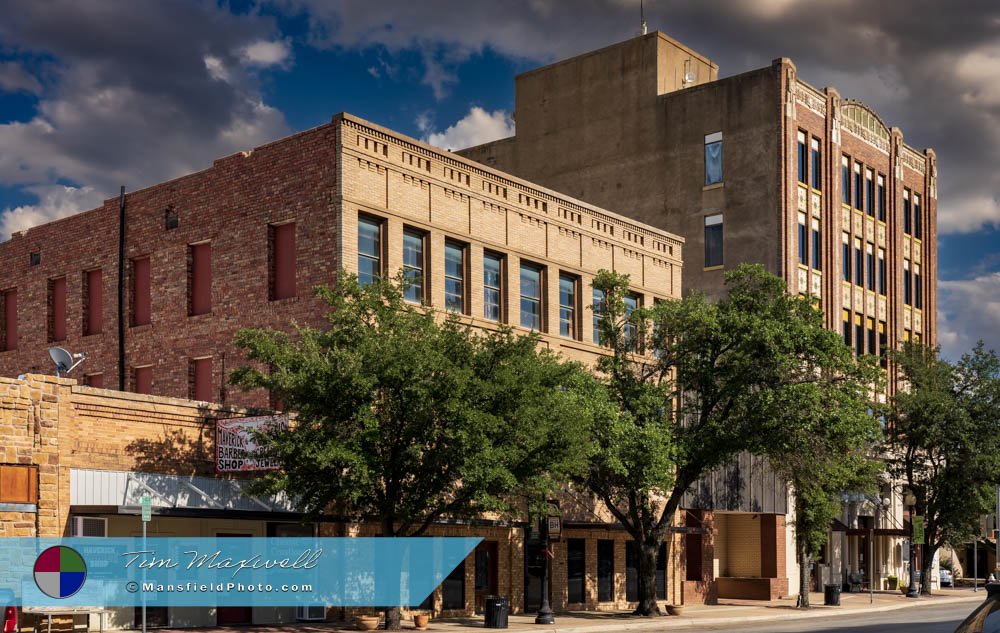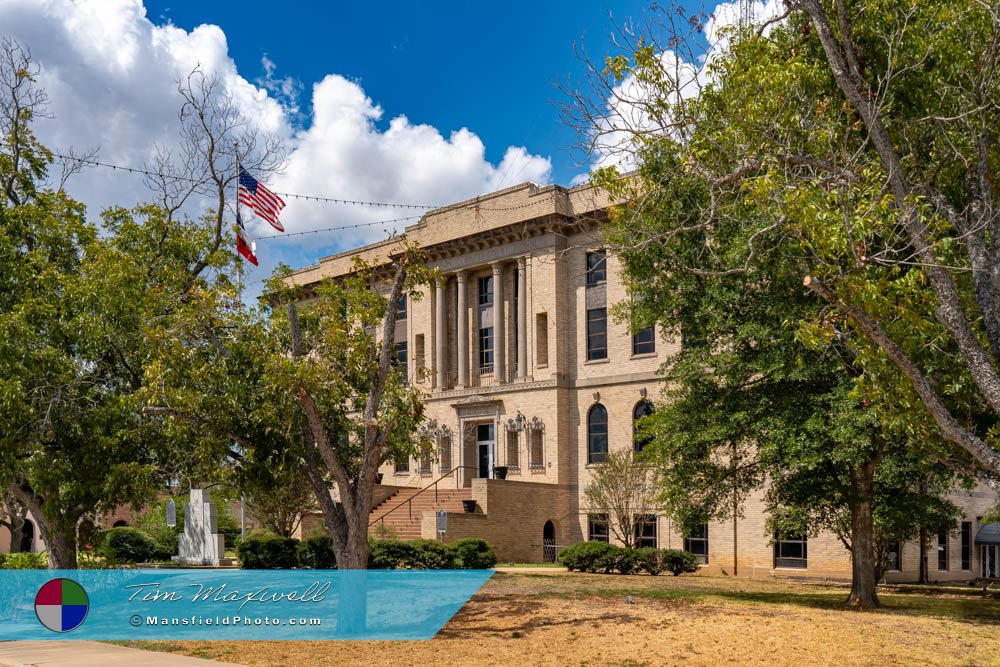Gainesville, Texas
– A Town Full of Character and History.
Founded in 1850, Gainesville, Texas, began as a humble settlement along the banks of Elm Fork of the Trinity River in North Texas. The town was named after General Edmund Pendleton Gaines, a military officer who had served in the War of 1812 and was responsible for protecting settlers moving westward during the early days of Texas statehood. With fertile land and a strategic location near the Texas-Oklahoma border, Gainesville quickly became a hub for pioneers heading further into the Texas frontier.
Before the arrival of the railroad, Gainesville was an important stop on the Butterfield Overland Mail stagecoach route. This stagecoach line, which operated from 1858 to 1861, connected St. Louis to San Francisco and played a key role in linking the isolated frontier town with the rest of the country. Goods, mail, and people passed through Gainesville on their way westward, laying the foundation for the town’s early economy.
A Divided Town: Gainesville and the Civil War
In 1860, as tensions rose across the United States leading to the Civil War, the citizens of Gainesville found themselves at a critical crossroads. In a region where much of the South supported secession, Gainesville made a surprising stand: its residents voted against Texas seceding from the Union. However, the turmoil that followed the vote marked one of the darkest chapters in the town’s history.
During the war, Cooke County, where Gainesville is located, became the site of a tragic event known as the “Great Hanging of 1862.” In the wake of Texas joining the Confederacy, pro-Union sentiment ran strong in parts of North Texas, including Gainesville. Confederate authorities, fearing insurrection and a breakdown of control, accused several local men of conspiring against the Confederacy. In October 1862, more than 40 men—many of them union loyalists—were tried and lynched in Gainesville without formal charges or proper trials. This tragic event left a deep scar on the town’s history, remembered for its brutality and the deep divisions it revealed within the community.
Post-War Growth: Gainesville and the Railroad
Following the Civil War, Gainesville, like much of the South, faced the difficult task of rebuilding. It wasn’t until the arrival of the railroad in 1879 that the town truly began to prosper. The Gainesville, Henrietta, and Western Railway transformed the town into a bustling trading center, connecting it to larger cities and expanding its role as a regional economic hub. This period of growth saw new businesses, homes, and public institutions established, including schools, churches, and a courthouse.
In the late 19th and early 20th centuries, Gainesville’s downtown area grew rapidly, with beautiful, stately buildings rising to meet the needs of the flourishing town. Today, Gainesville’s downtown remains one of its most celebrated features, filled with historic buildings that evoke a bygone era. Walking through the wide streets of downtown, visitors can explore charming shops, restaurants, and local businesses, all housed in the beautiful architecture of yesteryear.
The Cooke County Courthouse: A Monument to Local Pride
One of Gainesville’s crown jewels is the stunning Cooke County Courthouse. Built in 1910, this neoclassical masterpiece features a prominent dome, grand columns, and intricate detailing that make it one of the most beautiful courthouses in Texas. The courthouse stands as a testament to the town’s pride in its history and its commitment to preserving the architecture of the past. Located in the heart of downtown, the courthouse remains a focal point for civic life and an important landmark for both residents and visitors.
The courthouse isn’t just a functional building—it’s a symbol of Gainesville’s resilience and the community’s belief in progress. Throughout its history, the town has experienced hardship, but its citizens have consistently worked to rebuild and preserve what makes Gainesville special. The courthouse is a powerful reminder of this commitment, and it continues to serve as a place where local decisions are made and justice is upheld. We consider the courthouse to be one of the most beautiful courthouses in Texas.
Gainesville’s Connection to the Butterfield Overland Mail
Before the railroad, Gainesville’s prominence was established by its role on the Butterfield Overland Mail stagecoach route, a key link in America’s first transcontinental mail system. From 1858 to 1861, stagecoaches carried passengers and mail from Missouri to California, and Gainesville was a significant stop along the way. Though the service was short-lived, it solidified Gainesville’s position as an important point of contact for those traveling westward. This history of transportation and trade is deeply ingrained in the town’s identity and played a significant role in shaping its future growth.
A Downtown Full of Character and History
Gainesville’s downtown is one of its most celebrated features—a beautiful and sprawling area packed with historic buildings that date back to the late 19th and early 20th centuries. The heart of the town is alive with activity, from local shops and antique stores to restaurants and entertainment venues. Strolling through downtown, you can admire the intricate architectural details of these historic structures, many of which have been lovingly restored to their original splendor. Each building tells a story, offering a glimpse into the town’s rich past and the many generations that have called Gainesville home.
A key feature of downtown is its sense of preservation. Rather than letting its history fade into the background, Gainesville has worked hard to maintain and restore the old buildings, ensuring that future generations can enjoy the charm and beauty that make the town so special. Whether you’re stopping for a bite to eat at a local diner or browsing through a vintage shop, you can’t help but feel connected to the town’s storied past.
Interesting Facts and Local Attractions
Though relatively small, Gainesville is full of interesting stories and notable places. In addition to its historical significance, Gainesville is home to the Frank Buck Zoo, named after the famous animal collector and actor who was born in the town. The zoo is one of the oldest in Texas, and it has become a beloved family attraction in the region, housing a variety of animals in a beautiful, park-like setting.
The town also hosts the annual Depot Day, a popular festival celebrating Gainesville’s railroad history and the broader impact of transportation on the town’s development. This lively event brings together residents and visitors for a day of music, food, and fun, all centered around the historic Gainesville Santa Fe Depot.
Gainesville Today: A Town of Tradition and Growth
Today, Gainesville is a blend of old and new. The town has grown steadily over the past few decades, drawing new residents with its small-town charm and proximity to larger cities like Dallas and Fort Worth. At the same time, Gainesville remains firmly connected to its roots, with efforts to preserve its history and traditions visible throughout the town.
Gainesville is a place where community matters. From the grand Cooke County Courthouse to the historic downtown area, the town’s landmarks reflect a deep pride in its heritage. The legacy of resilience and growth is alive and well, ensuring that while the town looks toward the future, it never forgets the past that made it what it is today.
In Gainesville, history isn’t just something you read about—it’s something you can see and experience in the everyday life of the town. With its rich past, vibrant present, and bright future, Gainesville continues to be a unique and fascinating place to call home.

